The Duke of Grafton’s opulent Georgian townhouse, which dates back to 1767, has been given a new purpose. Three Grafton Street is a new exhibition space launched collaboratively by Simon de Pury, his wife Michaela and the Polish collector Kasia Kulczyk. Until 2012, Simon de Pury was the flamboyant chairman and chief auctioneer of Phillips de Pury & Company, going on in 2013 to establish, with Michaela (who was, until recently, senior director at Phillips de Pury & Company), de Pury de Pury, a company specializing in curating, visual art consultancy and private sales. Following two well-received pop-up exhibitions in New York, the company’s first UK show focuses on the work of one of Poland’s most highly regarded living artists, Wojciech Fangor.
On display here, beneath heavily plastered ceilings, are mesmerising large canvases of shimmering colour built up in many layers of thin oil paint. Fangor’s abstract depictions of circles and squares, cloud shapes and amoebae, all in vivid pinks and greens, blues and oranges, pulse and swell into focus. As you turn away from one painting, the hazy image burns on your retina and floods into the next. Although the artist is primarily interested in how colour and space interact, this exhibition also displays some of his abstract black and white works from the early 1960s. What matters here is the occasional use of a hard line or curve to generate depth and focus, as if we rise out of a dream into a world of hard facts. In later works, rivers of green and blue pour off the canvas onto the frame – as they do in some of Howard Hodgkin’s works – as if the dream might flow on into our world.
Born in Warsaw in 1928, Fangor came of age in 1949, the year that Poland’s authorities, in line with Stalinist doctrine, declared social realism to be the only legitimate form of art. Fangor was, however, deeply influenced by French impressionism, early abstraction and German expressionism, and in 1953 he turned to poster art as an alternative to social realism and a suitable way of experimenting with colour and space. Working behind the iron curtain, in isolation from contemporary developments in the rest of Europe and America, by 1956 Fangor’s unique personal style saw him produce two-dimensional works in which colour and form were blurred. He also worked alongside designer Oskar Hansen and architect Stanisław Zamecznik, exploring the interaction of architecture and painting. This resulted in the important 1958 exhibition, ‘A Study of Space’, in the New Culture Salon in Warsaw, which saw Fangor place pictures both on the walls and on free standing easels within the room, to create a total, immersive environment.
This radical body of work, with its nod to Colour Field painting and Op Art in fact predates similar developments taking place in Europe and the US. In 1961, Fangor’s early work reached a wider audience when it was included in ‘15 Polish Painters’ at New York’s Museum of Modern Art and in 1965 Fangor exhibited alongside Bridget Riley and Frank Stella in the seminal Op Art group show, ‘The Responsive Eye’, also at MoMA. In 1966 he emigrated to the US, and in 1970 was honoured with a solo show at the Guggenheim. Since then, he has travelled and taught widely in the west.
This exhibition is, however, the artist’s first comprehensive exhibition in London and it concentrates on works from the 1960s, when Fangor’s creativity was first unleashed by this encounter with the US. For over ten years his work represented a sustained experiment into the effects of light and colour, before reverting to a more conventionally figurative style of painting. These early masterpieces have, until now, been hidden in private collections in Poland and America and this exhibition should be commended for the way it effectively unites these important works. If you climb upstairs into the ornate gilded drawing room, you are rewarded with three outstanding pieces from the 1970 Guggenheim show: two exceptionally large canvases pulsating with red and purple, black and white; and M61 (1969), where seaweed-like shapes in crimson and gold breathe in an ochre sea.
‘Wojciech Fangor: Colour-Light-Space’, curated by de Pury de Pury, is at 3 Grafton Street, London, until 9 January 2015.
Unlimited access from just $16 every 3 months
Subscribe to get unlimited and exclusive access to the top art stories, interviews and exhibition reviews.

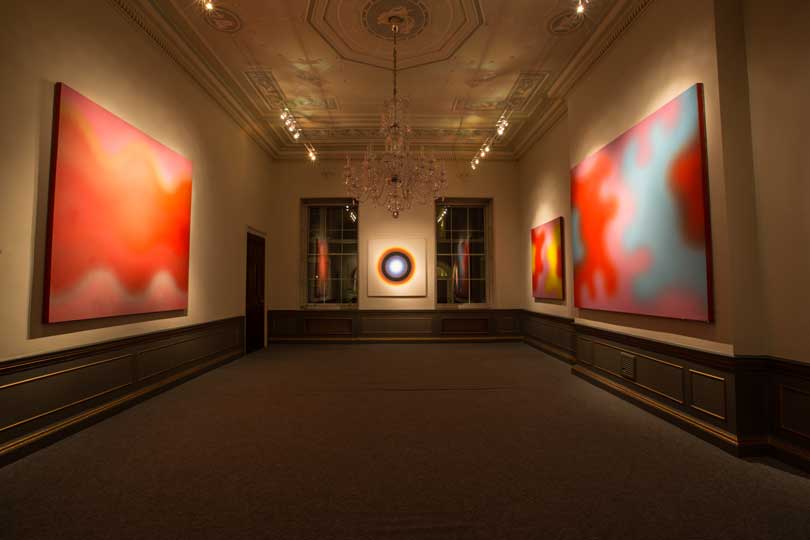
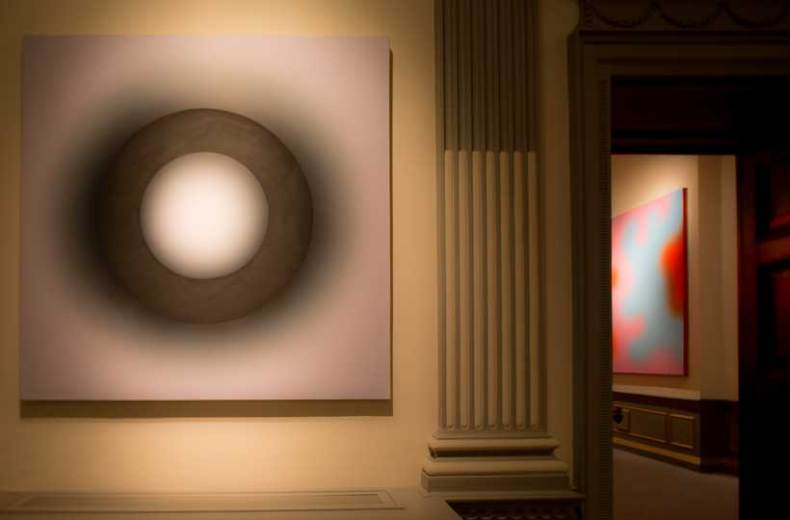
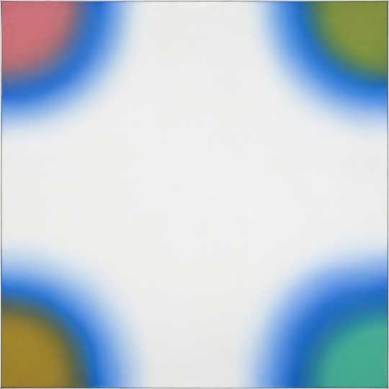
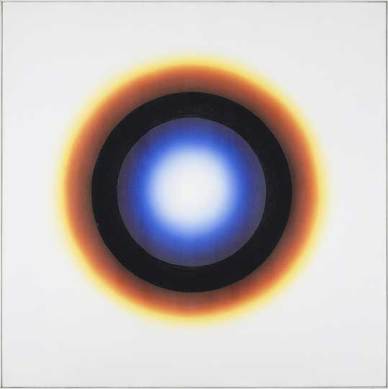

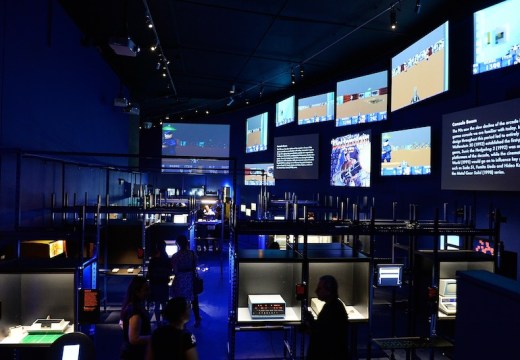
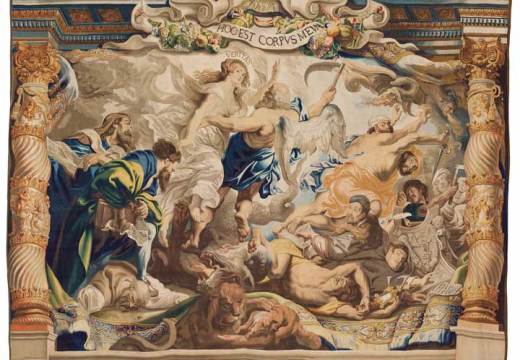









![Masterpiece [Re]discovery 2022. Photo: Ben Fisher Photography, courtesy of Masterpiece London](http://www.apollo-magazine.com/wp-content/uploads/2022/07/MPL2022_4263.jpg)
It’s time for the government of London to return to its rightful home